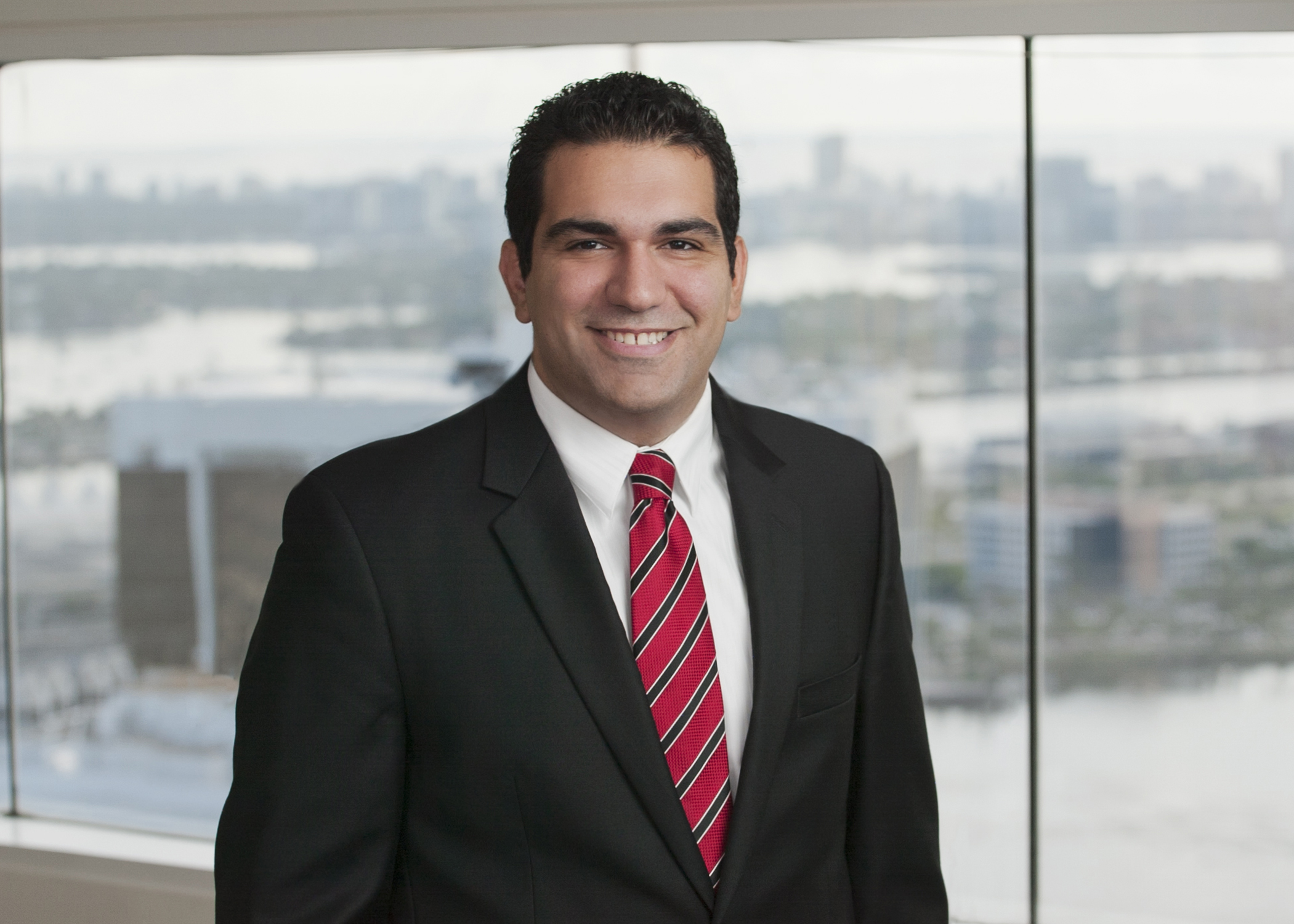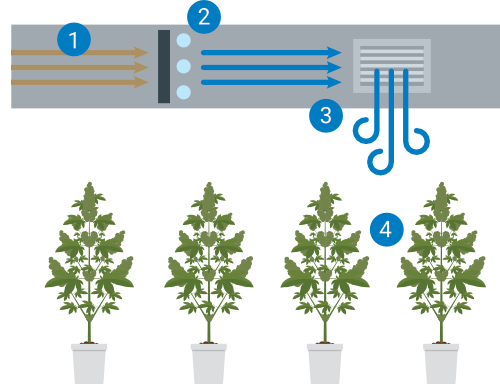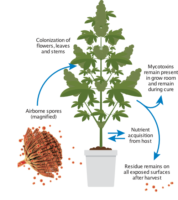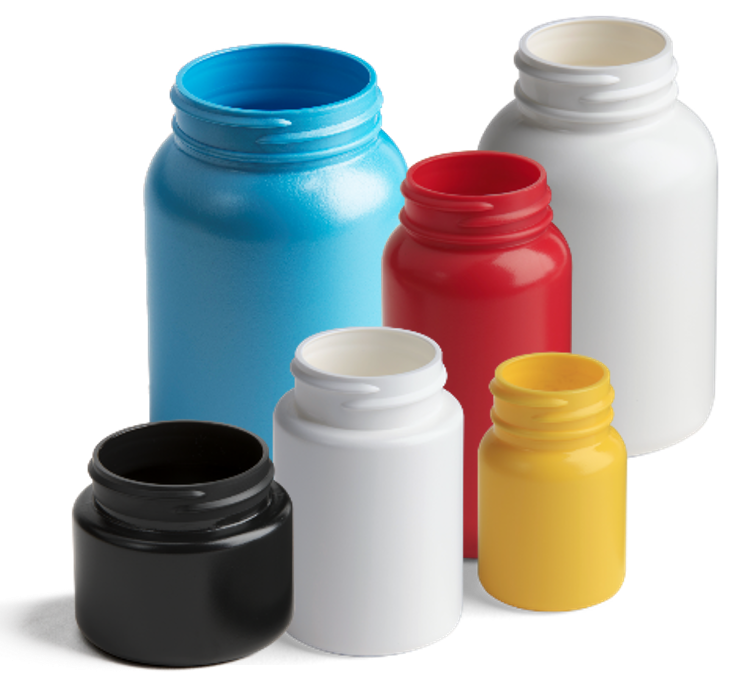Given all the fuss about newly opened markets in Europe of late (see all the hullabaloo recently in the UK), it would be remiss for anyone in the industry to forget about Poland.
The Eastern European country that shares a large part of its border (if not recent history and long cultural influence) with Deutschland has been proceeding slowly into the cannabis space for the last couple of years.
There are a couple of similarities (and differences too) about the market development in the country to its Teutonic sister to the West as well as the emerging fight over access that is sparking patient revolutions all over the continent now.
A Brief History Of Polish Cannabis Reform
Like other culturally conservative places (see state reform in the United States in places like Georgia), Poland has moved towards reform in a way that may make political sense, but has left patients in much the same boat as British ones. Reform began happening without access as of late 2017.

Poland, or so the joke goes in Germany, is Deutschland’s “trailing sister,” on most things, and cannabis reform in some ways, is absolutely following that pattern. But it is not exactly analogous, starting with patient access. In fact, the first opening of the market did not touch import much less cultivation. It only authorized patients to cross borders in search of their medication. No matter the high cost involved. And of course, the still dodgy proposition of returning across a border with a highly stigmatized narcotic product.
Fast forward a year? Many of the major Canadian cannabis companies had achieved some sort of import (mostly of small amounts of the drug and mostly to single hospitals). See the announcement of Aurora last October on the same day that the Polish government announced a change in the law that they had imported in bulk to a hospital.
But what is going on now, particularly with a growth in acceptance of the medicinal impact of the drug across Europe? And will the Poles, like the Germans, launch a domestic cultivation bid anytime in the near future? Not to mention learn the lessons that so far have continued to stymie German domestic cultivation as well as frustrate a smooth supply chain if not operations on the ground?
The Market Is Coalescing
According to Andrew Makatrewicz de Roy, managing director of Bearstone Global, a market research and investigative firm moving into the cannabis space, Poland has one of the more progressive laws in Europe, but still is lagging behind other countries in terms of organisation and a political lobbying movement.
“There is a lot of vibrancy in the market, but we want to make sure that there is an initial forum where the market can meet and discuss the industry here”.There are also a few (low volume) transactions taking place.
However, as in other places (see the UK in particular), there is a lot of heat if no fire yet behind the scenes. Both individuals and companies are starting to appear who will help build a wider ecosystem in the cannabis space.
As in other countries in Europe, despite the market potential, there is still a general political lag in further development of the industry. Perhaps because of complications in the German market. And almost certainly because of complications with German reform and its own cultivation bid. There have been rumours of a Polish bid circulating for at least a year. Licensed cultivation is beginning to take place.
In response, Makatrewicz de Roy is moving to establish one of the first industry conferences in the country in October. In late July, he also held the first precursor to the same – an online streamed event that attracted 70 major thought leaders from the industry including many members of the political class, producers and distributors (including some of the biggest Canadian ones), doctors and patients.
“We want to build an ecosystem,” de Roy said. “There is a lot of vibrancy in the market, but we want to make sure that there is an initial forum where the market can meet and discuss the industry here”.







































